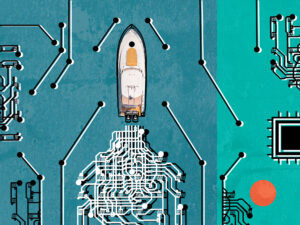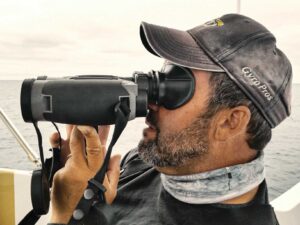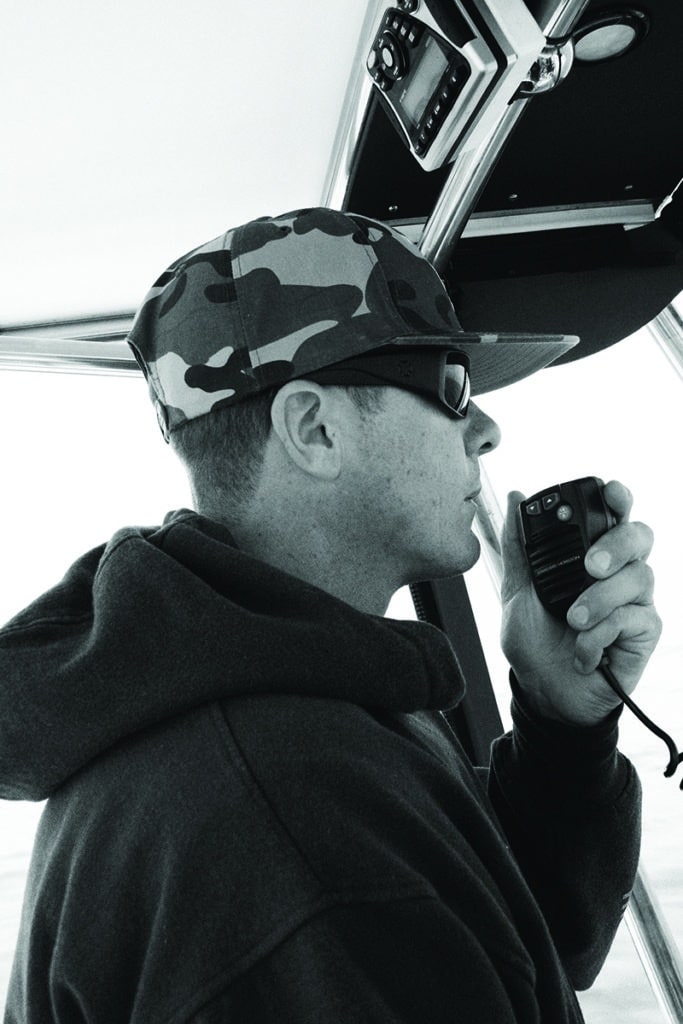
Having a group of buddy boats fishing on the same day can pay off big time; intel shared by one lucky captain helps others. Thanks to the latest VHF radio technology, you can share information without tipping off others. This is especially helpful when you’re offshore and outside the range of cellphone towers.
Here are four ways to communicate privately over public airwaves.
Discreet DSC
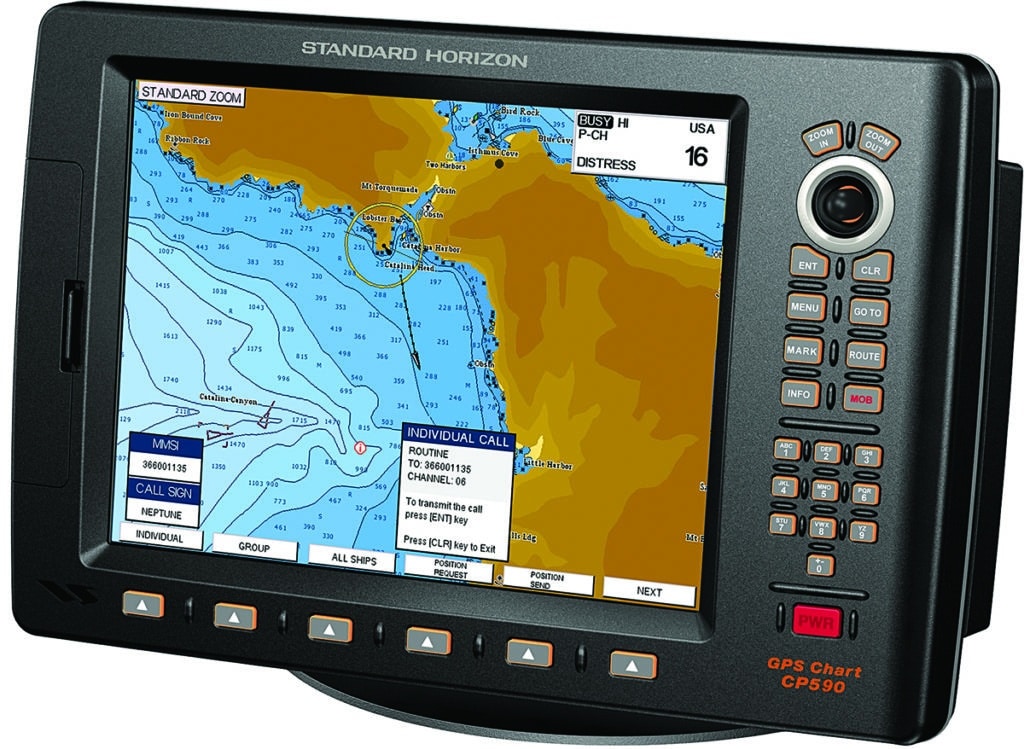
The Digital Selective Calling (DSC) system was designed to send a distress call with your boat’s identity and position. While it offers a number of other benefits, private voice communications is not one of them, says Jason Kennedy, executive vice president for Standard Horizon, which offers a wide range of DSC-equipped VHF radios.
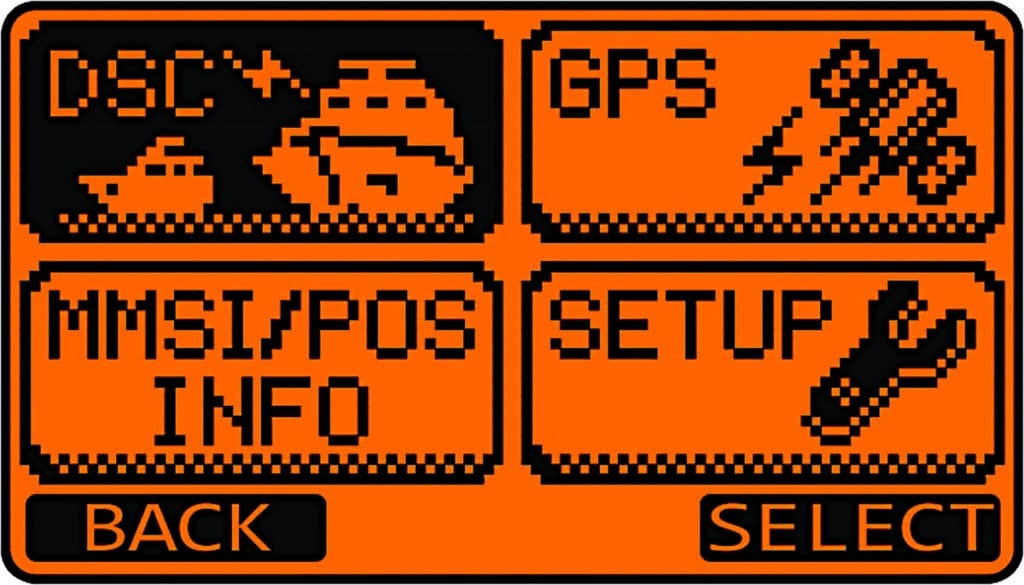
“Contrary to what some believe, anyone on the channel you select for your DSC call can hear you talking,” Kennedy explains. “The major advantage of DSC voice communications is that it lets you privately hail another boat and preselect a channel on which to talk.”
Scramble It
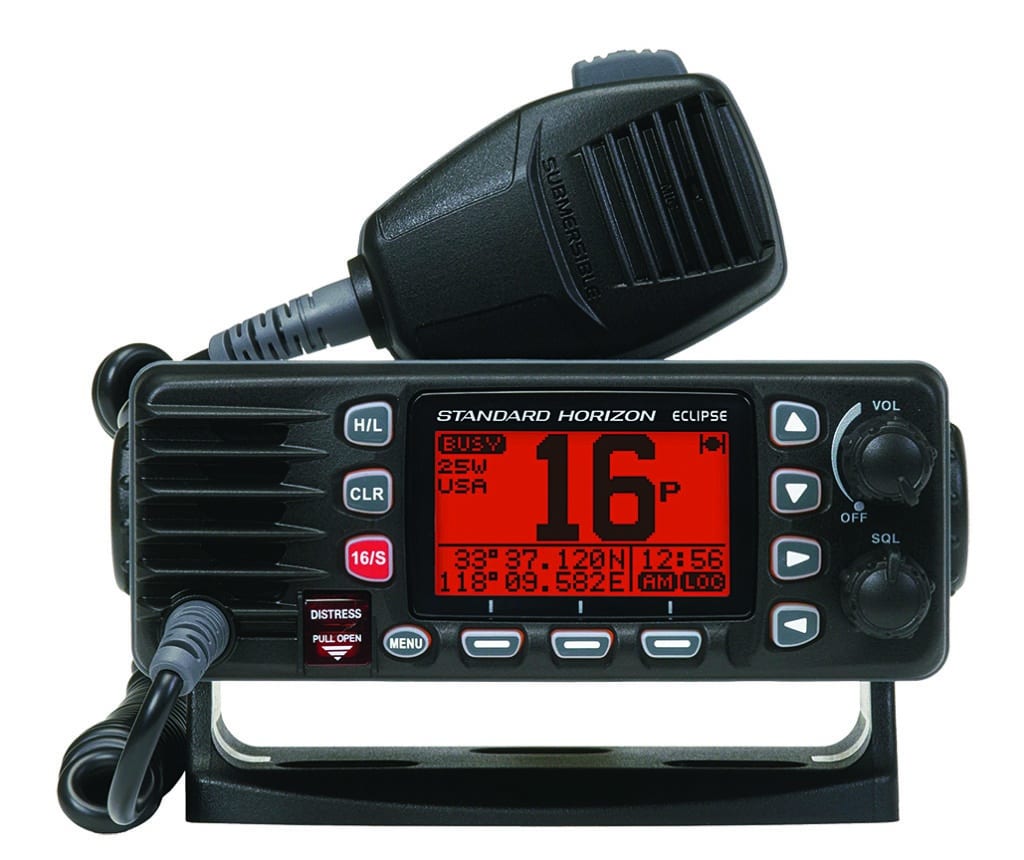
VHF voice scramblers were more prevalent a decade ago, but today you don’t hear many scramblers, which make transmissions sound garbled and alien-like. “They’re still useful in masking voice communications,” says Kennedy. Standard Horizon’s CVS2500A ($133) optional voice scrambler offers four codes.
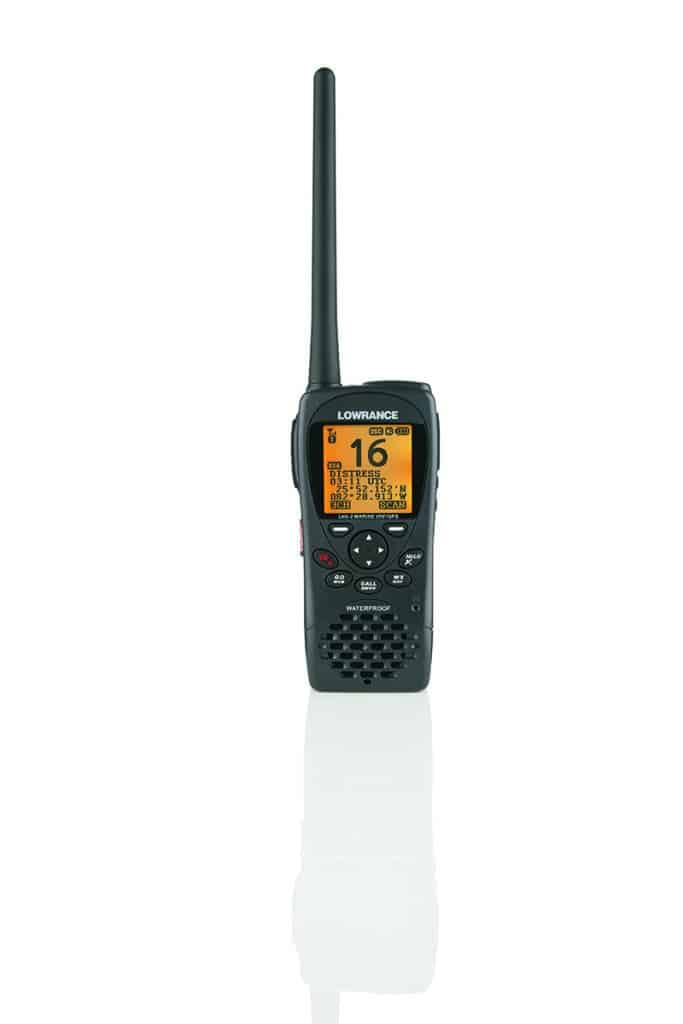
The effectiveness of a voice scrambler demands that your boating buddies also have them and that you all agree to one scrambler code before heading out. You can turn off the scrambler if you need to communicate with a vessel outside your group.
Hail and Switch
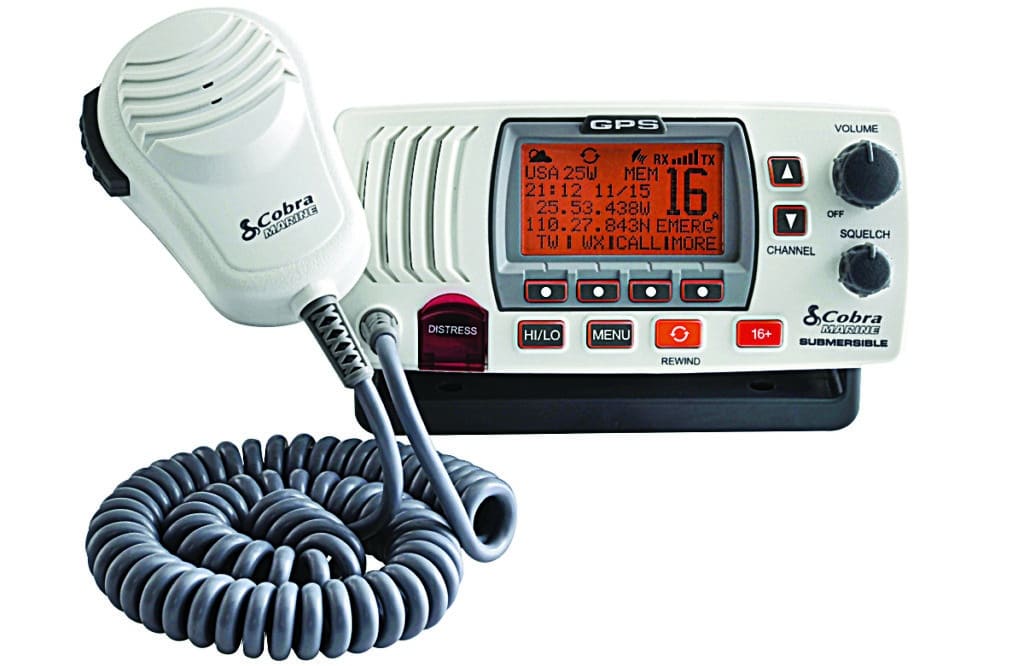
Even without DSC, old-fashioned tactics minimize eavesdropping. One of these is the hail-and-switch trick. You and your buddy boat agree to switch to a predesignated channel when one hails the other.
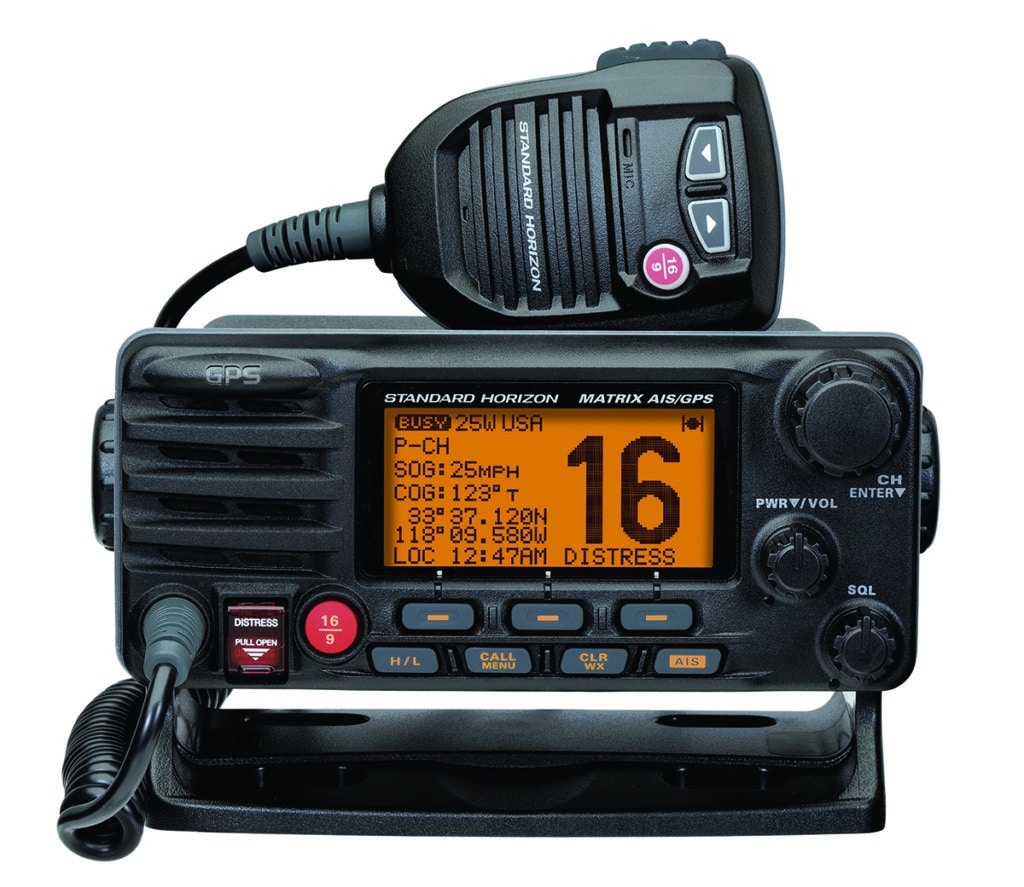
For example, you hail your buddy on channel 72, which is his cue to switch to channel 78A. Thus, you quickly exchange key information away from the prying ears of other anglers, then switch back to 72 for hailing.
The same trick works with DSC hailing. No one knows which channel you’re on, but if they find you, they can hear you, so talk fast.
Code Talk
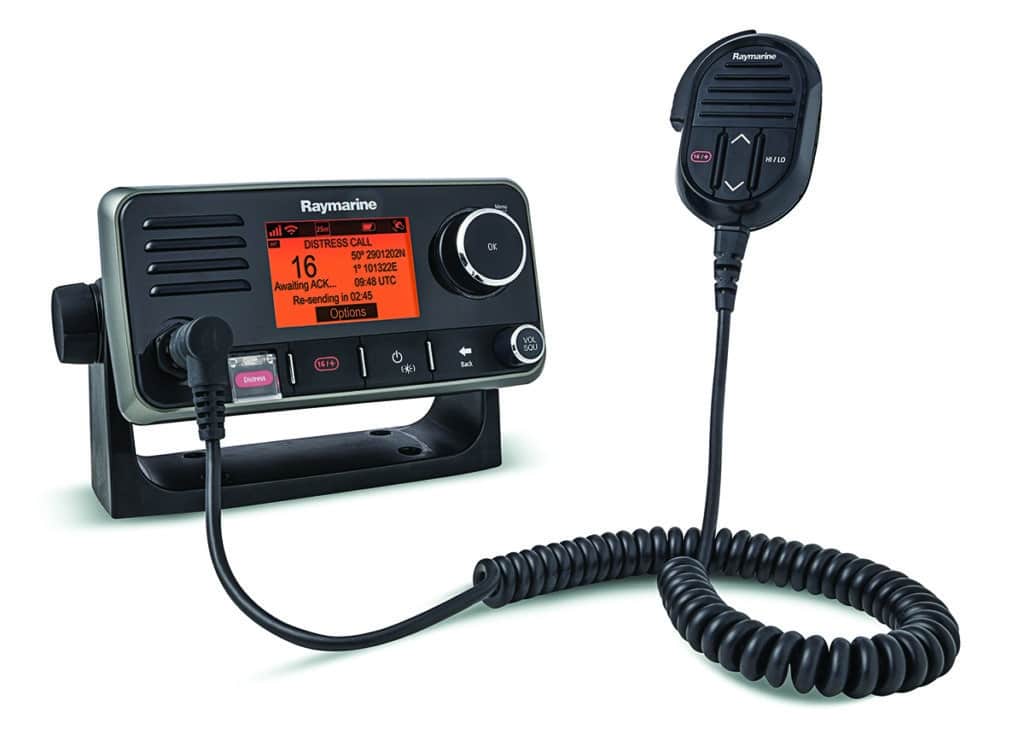
Using code language and hail-and-switch tactics increases privacy. For instance, buddy boats might use alternate names to remain anonymous.
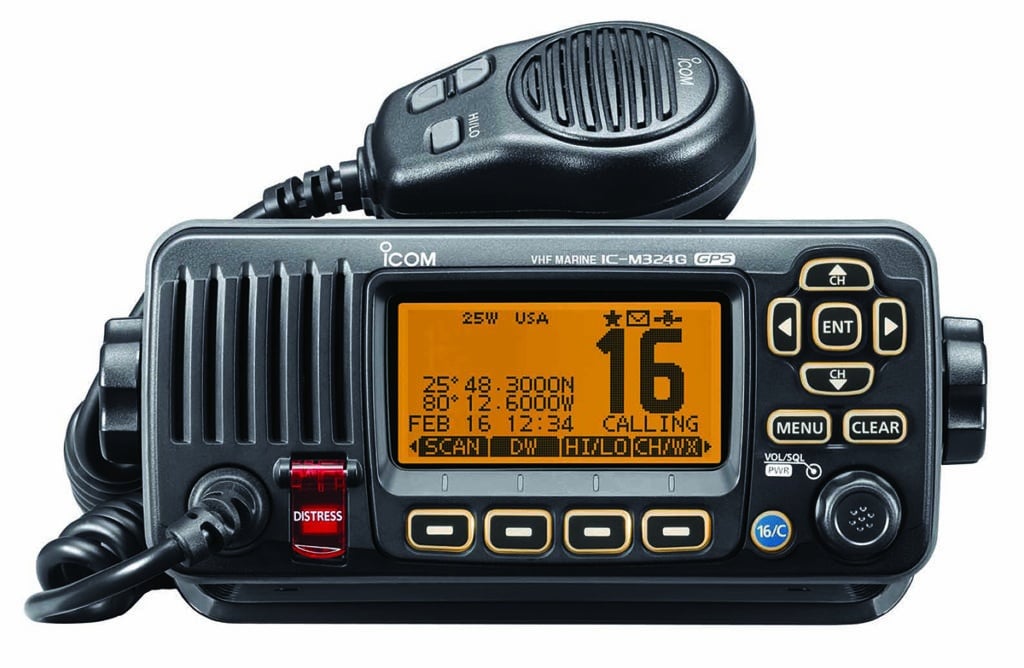
In communicating positions, some captains use offset alpha characters in place of numbers for latitude and longitude and/or transmit only partial numbers, all to keep others guessing. The key lies in making sure that members of the group understand so they are not left guessing too.

